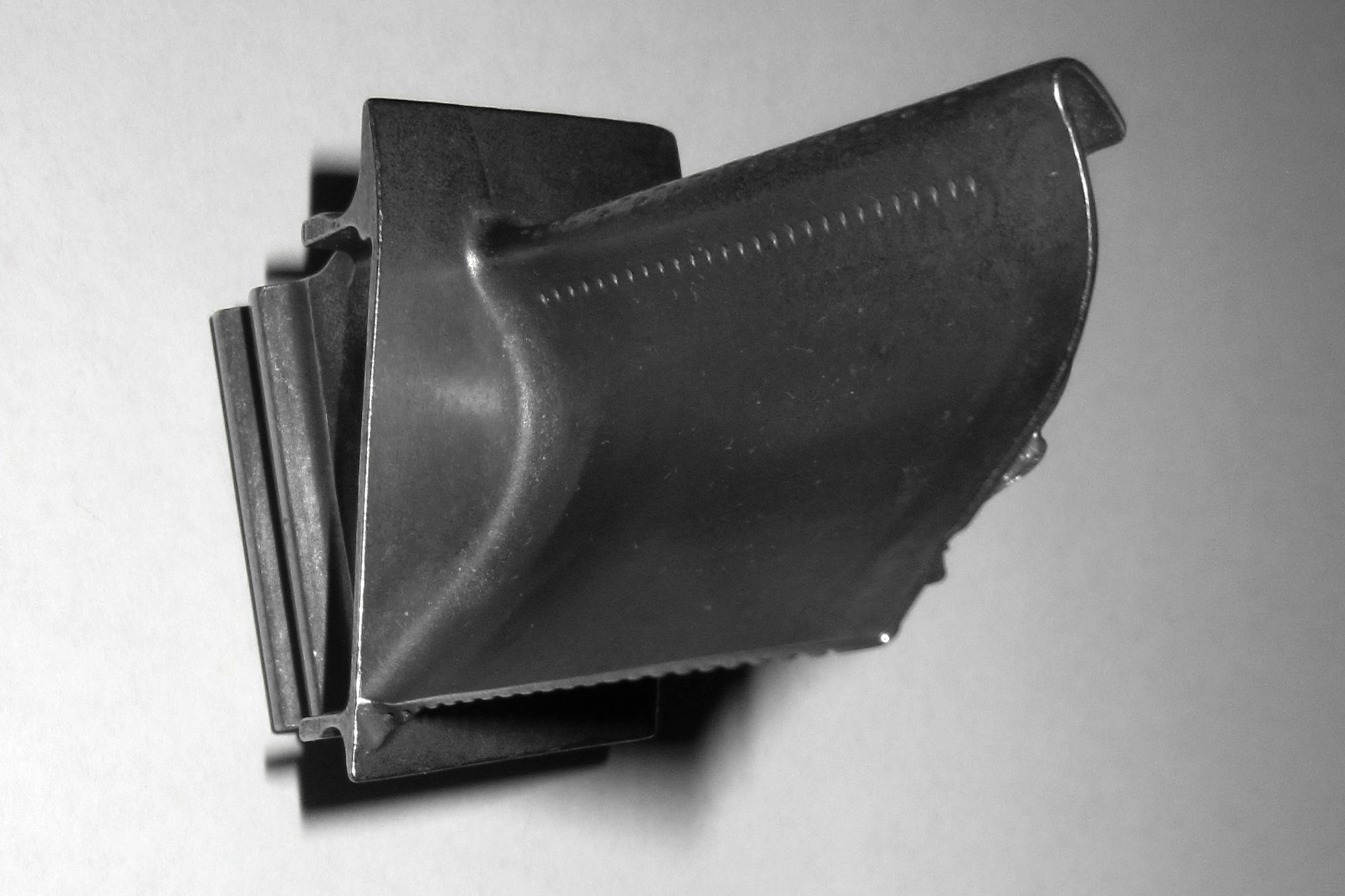Inconel Superalloy Aerospace Parts Custom Manufacturer for Aviation Applications
Introduction to Inconel Superalloys in Aerospace Manufacturing
Inconel superalloys play a critical role in aviation, excelling in extreme operating conditions due to exceptional thermal resistance and structural integrity. As a custom manufacturer, Neway AeroTech specializes in advanced manufacturing solutions, particularly vacuum investment casting and superalloy 3D printing, enabling precise, customized production of aerospace-grade Inconel components.
Leveraging our expertise in complex geometries and rigorous aerospace standards, we consistently deliver high-quality parts that enhance efficiency and reliability. Our tailored solutions significantly extend component lifespan in harsh aviation environments, supporting cutting-edge advancements in modern aviation technology and sustainable aerospace operations.
Key Challenges in Manufacturing Inconel Aerospace Components
Manufacturing high-temperature alloy parts like Inconel presents several technical challenges:
Thermal Stability: Maintaining dimensional accuracy at operating temperatures above 1000°C.
Machinability: Poor machinability due to high hardness, strength, and work-hardening tendencies.
Oxidation Resistance: Components must resist oxidation and corrosion at temperatures exceeding 1100°C.
Material Integrity: Preventing grain boundary defects, cracks, and porosity during solidification and processing.
Overview of Advanced Manufacturing Techniques for Inconel Parts
Neway AeroTech primarily utilizes advanced methods such as vacuum investment casting and selective laser melting (SLM) 3D printing to produce custom Inconel aerospace parts.
Vacuum Investment Casting:
Create precise wax patterns replicating the desired component geometry.
Coat patterns in refractory ceramic slurry to form molds.
Remove wax via autoclave at temperatures up to 180°C.
Cast molten Inconel alloys under vacuum conditions (below 0.01 Pa) to prevent contamination.
Cool casting at controlled rates (typically ≤50°C/hour) to minimize internal stresses.
SLM 3D Printing:
Employ high-power lasers (200-400 W) to selectively fuse Inconel alloy powder layers (~20-60 µm thick).
Construct components layer-by-layer with near-net-shape accuracy.
Achieve complex internal structures unachievable through traditional manufacturing methods.
Comparative Analysis of Inconel Manufacturing Processes
Process | Dimensional Accuracy | Surface Roughness | Lead Time | Complexity Capability |
|---|---|---|---|---|
Vacuum Investment Casting | ±0.15 mm | Ra 3.2-6.3 µm | Moderate | High |
SLM 3D Printing | ±0.05 mm | Ra 6.3-12.5 µm | Short | Very High |
CNC Machining | ±0.01 mm | Ra 0.8-3.2 µm | Moderate | Moderate |
Forging | ±0.5 mm | Ra 6.3-12.5 µm | Long | Low |
Strategic Selection of Manufacturing Processes for Aerospace Parts
Vacuum Investment Casting: Ideal for medium-volume production, balancing dimensional accuracy (±0.15 mm) and surface roughness (Ra 3.2-6.3 µm) economically.
SLM 3D Printing: Optimal for complex geometries, rapid prototyping, and high precision (±0.05 mm accuracy) with fast turnaround times.
CNC Machining: Best for achieving the highest dimensional accuracy (±0.01 mm) and superior surface finishes (Ra 0.8-3.2 µm) economically.
Forging: Suitable for high-volume, simpler geometries demanding structural strength despite lower dimensional accuracy (±0.5 mm).
Inconel Material Performance Matrix for Aviation Applications
Material | Tensile Strength (MPa) | Yield Strength (MPa) | Service Temperature (°C) | Oxidation Resistance | Application Example |
|---|---|---|---|---|---|
1240 | 1030 | Up to 650 | Excellent | Turbine disks | |
930 | 517 | Up to 980 | Outstanding | Exhaust systems | |
900 | 750 | Up to 1050 | Excellent | Turbine blades | |
1030 | 725 | Up to 820 | Very Good | Structural fasteners | |
965 | 805 | Up to 980 | Excellent | High-pressure turbine vanes | |
1035 | 850 | Up to 1050 | Excellent | High-performance turbine blades |
Optimal Inconel Alloy Selection Criteria
Inconel 718: Selected for superior tensile strength (1240 MPa) and fatigue resistance in medium-temperature turbine disk applications up to 650°C.
Inconel 625: Optimal for exhaust systems due to excellent oxidation resistance and high ductility at temperatures reaching 980°C.
Inconel 713C: Preferred for turbine blades requiring exceptional oxidation resistance, mechanical stability, and creep strength up to 1050°C operating conditions.
Inconel X-750: Ideal for aerospace fasteners and structural elements needing high yield strength (725 MPa) at service temperatures around 820°C.
Inconel 738: Chosen for turbine vanes demanding excellent yield strength (805 MPa), creep resistance, and reliability up to temperatures of 980°C.
Inconel 792: Best suited for high-performance turbine blades due to outstanding tensile strength (1035 MPa) and creep resistance at 1050°C.
Essential Post-processing Methods for Aerospace-grade Inconel Parts
Hot Isostatic Pressing (HIP): Reduces internal porosity and enhances mechanical properties via pressures up to 150 MPa and temperatures around 1200°C.
Thermal Barrier Coating (TBC): Increases thermal protection, reducing surface temperatures by approximately 200°C, essential for high-temperature aerospace engine components.
Electrical Discharge Machining (EDM): Ideal for precision finishing intricate internal features with tolerances down to ±0.005 mm, enabling superior aerospace component performance.
Heat Treatment: Optimizes microstructure, significantly improving fatigue strength and creep resistance, essential for critical aviation components operating above 900°C.
Industry Case Study: Inconel Turbine Blade Production
Neway AeroTech successfully manufactured Inconel turbine blades utilizing advanced vacuum investment casting combined with precise heat treatment and HIP processes. This integrated approach resulted in enhanced mechanical properties, exceptional dimensional accuracy (±0.15 mm), and increased component lifespan.
Our extensive expertise in aerospace-grade materials and state-of-the-art equipment ensures high-quality production, meeting stringent aerospace standards and optimizing performance even under extreme operating conditions above 1050°C.
FAQs on Custom Inconel Aerospace Manufacturing
What is your typical lead time for manufacturing custom Inconel aerospace parts?
Can you accommodate small-volume orders for specialized aviation components?
Which quality assurance standards and certifications does your manufacturing process meet?
What post-processing techniques do you recommend for critical aerospace applications?
Do you provide technical support for design optimization and material selection?

